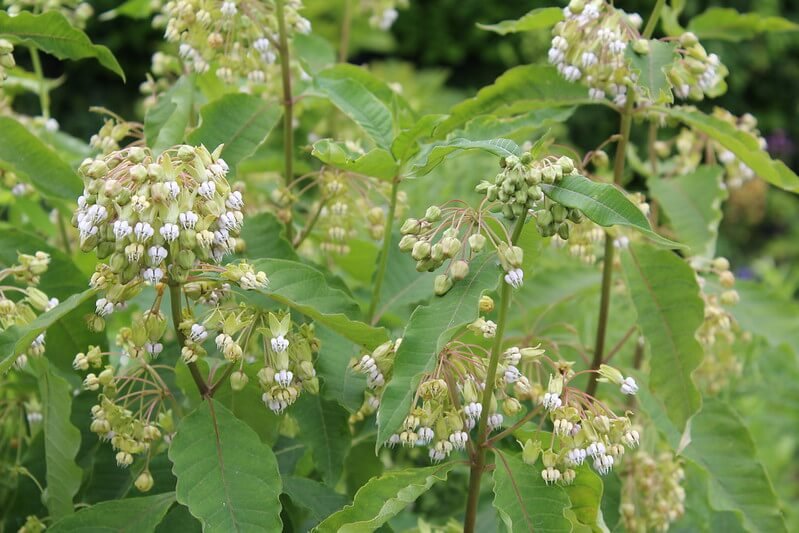Life Cycle: Perennial
Sun Exposure: Full, Partial
Soil Moisture: Wet, Medium
Height: 4-5 feet
Plant Spacing: 18-36”
Bloom Time: June-August
Bloom Color: Pink
Advantages: Pollinator Favorite, Bird Favorite, Deer Resistant, Rain Garden, Great landscaping plant
Host plant: Monarch, Milkweed Tussock Moth, and 11 other species of butterflies and moths use this as a caterpillar host plant in our area (nwf.org)
Complementary Plants: Common Ironweed, Michigan Lily, Cardinal Flower









